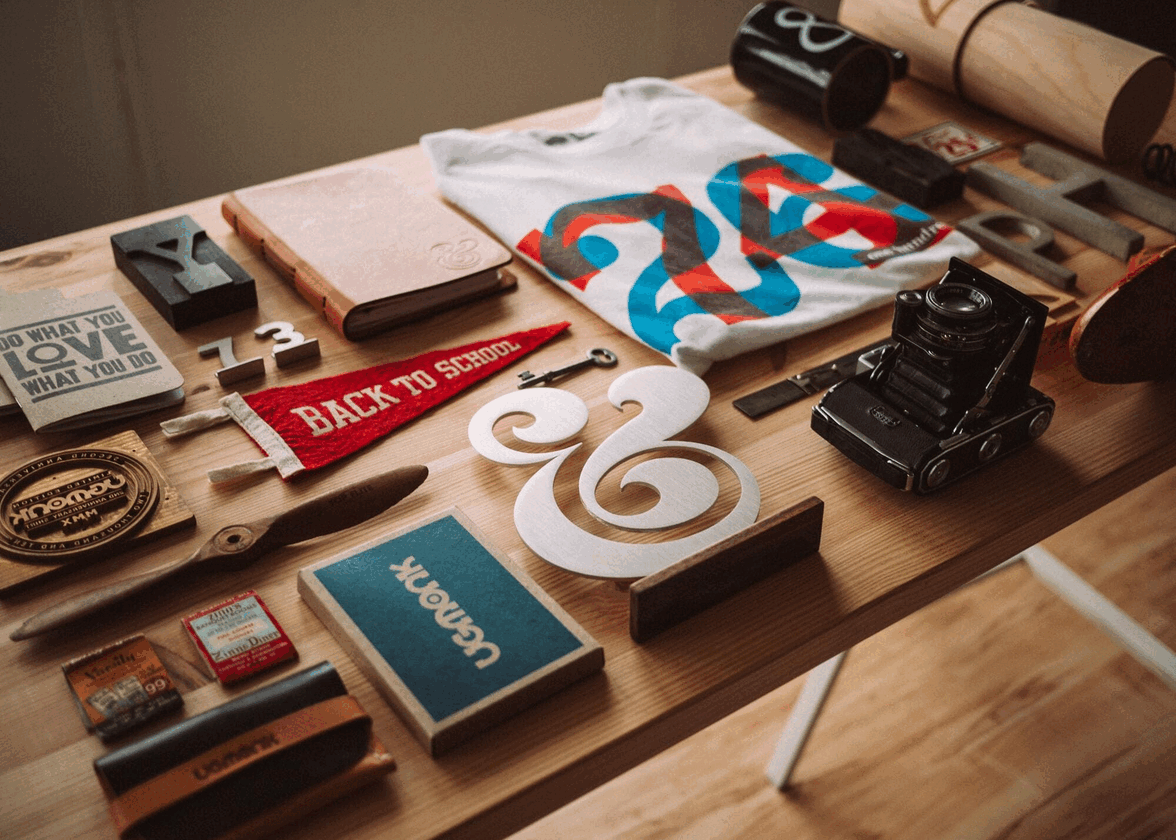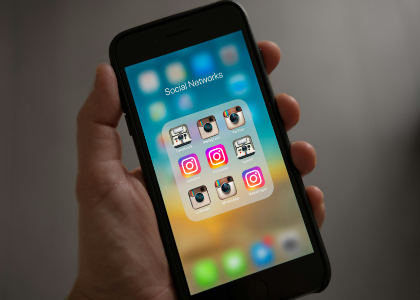Blog

What Is the Difference Between a Logo and Visual Identity?
You probably already know that if you start a business, you'll need a logo. But what about visual identity? Do you know what the difference is between a logo and your company's visual identity? In this article, we are going to take a closer look at what a logo is and how it is different from visual identity. As well, don't forget to use a brand guide to keep note of all its components.
What is a logo?
Let's start at the beginning: what exactly is a logo? In a few words, a logo is a visual representation that identifies a company, an association, a sports team, etc. This type of representation has been used for hundreds of years to identify companies, products, kingdoms, cities, and families.
There are also different types of logos. For example, there are logos composed only of letters such as signature logos and monogram logos. If you want to use an icon for your logo, there are symbol or badge logos. Finally, the most used logo type for company logos is the combined logo which is both the company name and an image. This is perfect for people to associate a logo with a new company.
A logo is one of the components of visual identity, but it is not the only one. We will see that shortly. A logo and visual identity are two distinct things and are often confused.
What is visual identity?
So, what then is visual identity? Visual identity is all the visual and graphic components used by a company. This is not limited to your logo. Visual identity includes colors, fonts, style, values, and tone. Thanks to these components, we easily recognize your company and its values and strengths.
Take, for example, Guinness' visual identity. If we relied solely on their logo, we might think that they are a respected company, even traditional. But this has not always been the case. Over the years, this Irish company has been able to create many fun advertisements to promote their famous black beer, which has an impact on the brand even today. In short, as we mentioned above, although the logo is the most well-known and recognizable component of visual identity, it is only one of its characteristics.
Obviously, when creating your logo, it is essential to use the components of your visual identity to keep consistency in your brand. You can also decide to use your logo as the basis for your visual identity.
How to create visual identity?
The steps for creating visual identity are similar to those for creating a logo. Whether it is your company's or sports team's visual identity, if you follow these steps, you should have everything you need to create something complete and representative. Afterwards, it will be easy for you to use your visual identity to create your logo, website, or content for social media. No matter the medium, we need to be able to recognize your business.
For example, which restaurant do you think of when you see the combination of red and yellow? Chances are you think of McDonald's because of their simple, strong, and globally recognized visual identity!
1-Do an analysis of your company
Whether for your logo or visual identity, the first step is to do an analysis of your company. Write down your strengths, weaknesses, company values, then take the time to study your competitors and the market. After that, define your target audience. All these aspects of your company will help you create your brand's visual identity.
2-Create an inspiration board
If you want to increase your chances of creating a visual identity that will represent your company well, we advise you create an inspiration board. The process is simple, add any visual component related to your company. This could be logos with a particular style, colors, texts, etc. For this, Pinterest can certainly be a very useful tool to group your ideas!
3-Choose a color palette and fonts
Colors can most certainly help you set a specific tone for your visual identity as they have meaning. That's why it's important not to choose your brand colors randomly. When creating your visual identity, choose no more than three main colors. Play with contrasts or gradients as needed.
Do the same exercise for fonts. Since there are hundreds of different fonts, finding the one that will perfectly represent your business can take a while. However, serif fonts are considered traditional or serious, while sans serifs fonts are considered playful or modern.
4-Use your visual identity everywhere!
Once you have the main components of your visual identity, you can use them as inspiration to create your logo, website, or documents. The more you use your visual identity, the easier it will be to associate it with your business. In addition, to give yourself a hand, you can also write down all the elements of your visual identity in a brand guide.
Did you know that FreeLogoDesign now offers you a brand guide option when creating your logo with our editor? Yes, for only a few dollars, you will have in hand a document explaining the rules for using your logo, color codes, and fonts for your logo.
In conclusion, is a logo different from visual identity? The answer is yes! A logo is the most important component of your brand identity and includes colors, fonts, and tone. Now that you know the difference, do you know where to use the components of your visual identity? Check out 7 places where you need to use your new logo! Good luck!
More tips and tricks on the blog


